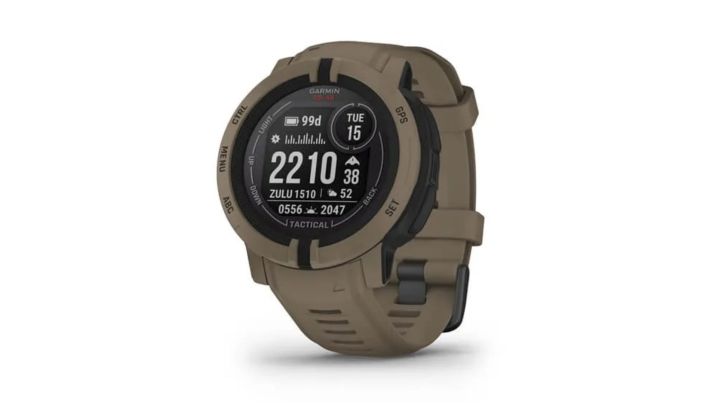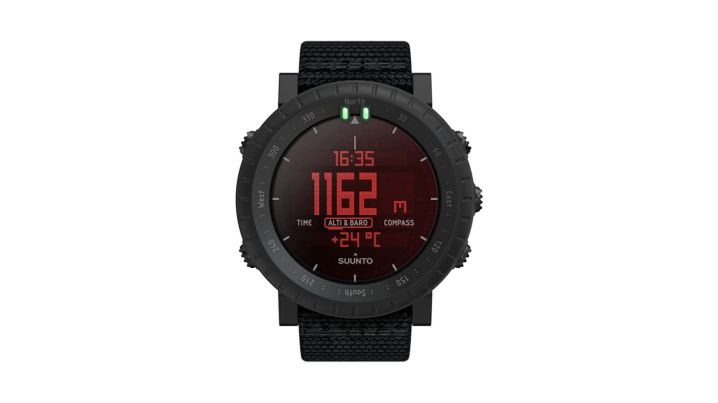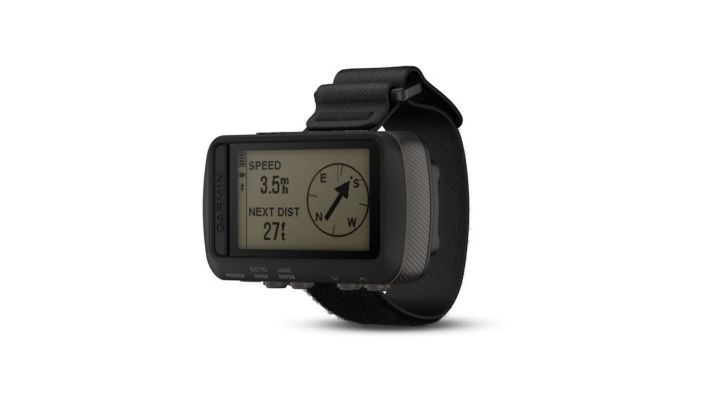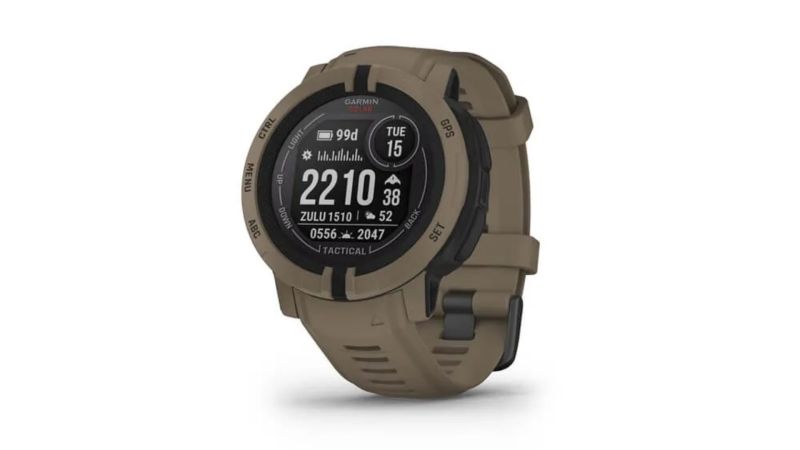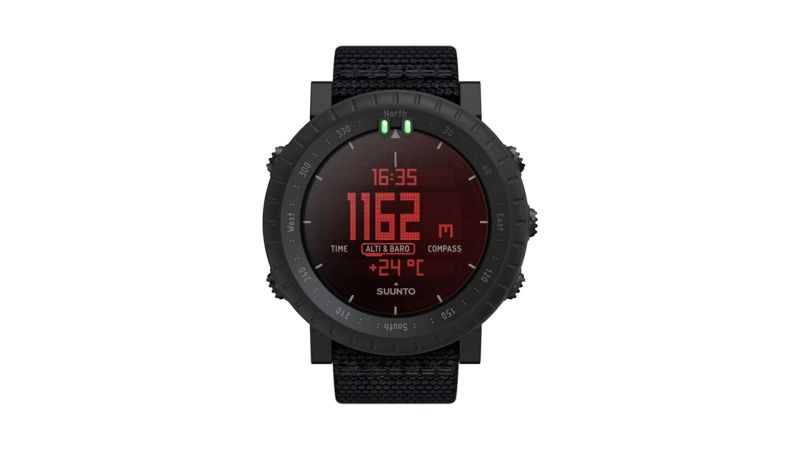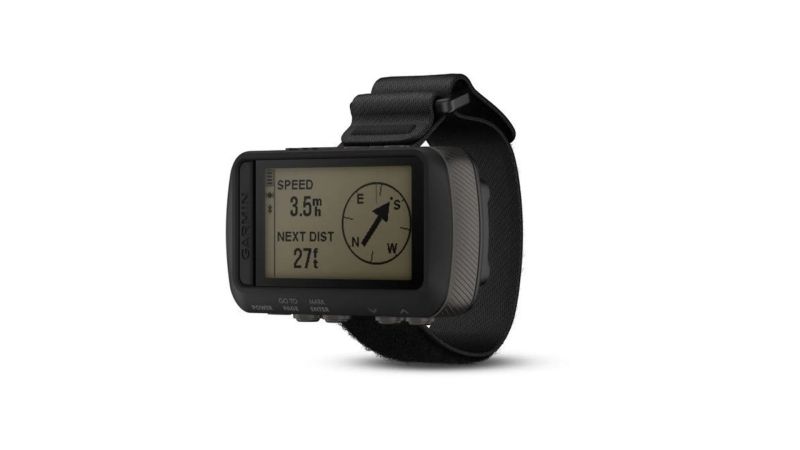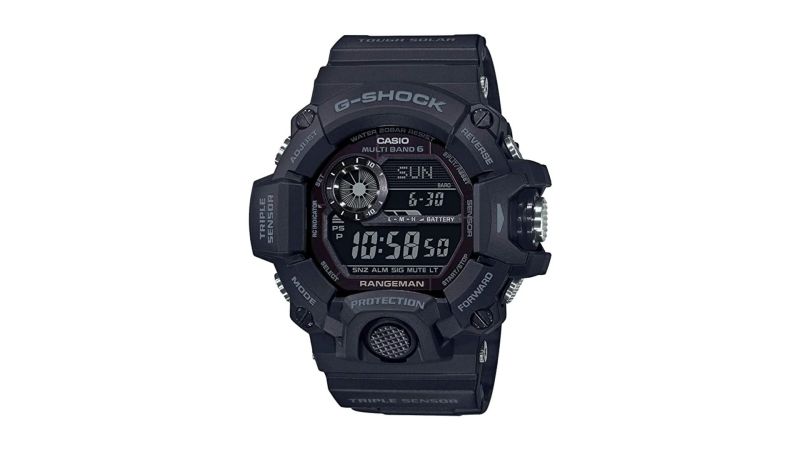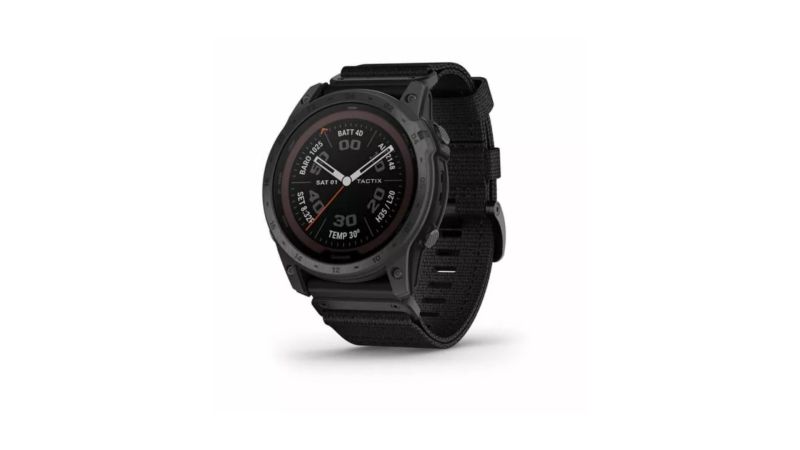We may earn revenue from the products available on this page and participate in affiliate programs.
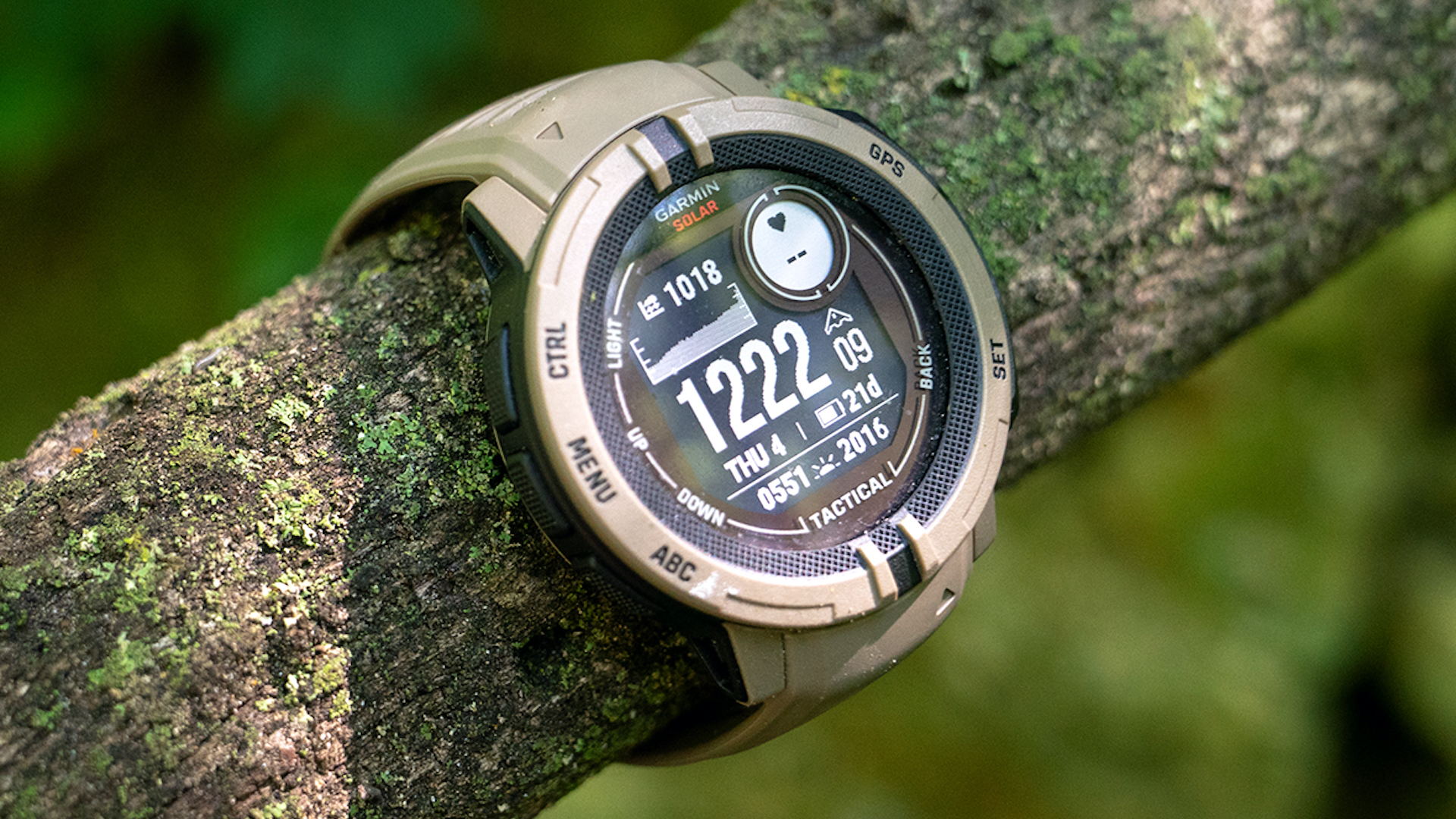
Compasses and GPS units get all the glory, but altimeter watches are incredibly valuable tools in the outdoors. A quality plan involves redundancies, and knowing your altitude can help you locate your position on a map in the event that visibility and satellite signals fail. Because altimeter watches function in a very different way from global navigation satellite systems (GNSS) like GPS, they also provide unique capabilities like sensing changes in the weather so you can prepare for an incoming storm.
Realistically, a watch with an altimeter is going to come with a compass and GPS, as well. If you see products marked as ABC watches, that stands for altimeter, barometer, and compass — and may or may not offer GPS. In this gear guide, you’ll find the best options out there spanning from entry-level to cutting-edge technology. Let’s get you set up with an altimeter watch and hit the trail.
- Best Overall: Garmin Instinct 2 Solar Tactical
- Best Budget: Suunto Core Alpha
- Best with GPS: Garmin Foretrex 601
- Best Solar-Powered: Casio GW9400-1B
- Best Tactical: Garmin tactix 7
Best Overall
Garmin Instinct 2 Solar Tactical
Best Budget
Suunto Core Alpha
Best with GPS
Garmin Foretrex 601
Best Solar-Powered
Casio GW9400-1B
Best Tactical
Garmin tactix 7
Things to consider before buying an altimeter watch
All the products you see here earned their spots on this list, but that doesn’t make them interchangeable. Before you click that “buy now” button, make sure the one you choose meets your specific needs.
Know how altimeter watches work
Not all altimeters function the same way. You might even get different readings on one device. We can focus on the basics of GPS and barometric altimeters, but a lot of the information on this topic comes from pilots, so my sourcing is aviation-heavy. That makes sense — if anyone needs to have precise altitude readings, it’s the people hurtling through the air at hundreds of miles per hour, sometimes without any visibility.
One of the ways smartwatches determine altitude is by using information from global satellite networks like GPS, Galileo, and GLONASS (or a combination of multiple networks). Satellites orbit at known altitudes, so by triangulating your position by determining how far you are from multiple satellites, the watch can estimate your height above sea level. The problem is that the radio signals between your altimeter watch and these satellites can suffer from interference and you may experience blackouts in coverage. When that happens, you’ll get an inaccurate reading or no reading at all. Problems with GPS altimeters are rare, but they can happen.
Barometric altimeters are an example of old-school, analog tech that’s just as relevant today as ever. In this case, the whole instrument is contained inside your watch, so you’ll never have to worry about poor signal or outside interference. Basically, tiny components expand and contract based on ambient air pressure to provide a measurement. It works for altimeter watches and it works for modern aircraft. The drawback is that air pressure isn’t constant; barometric pressure changes with the weather. That can actually be an asset because it allows ABC watches to track changes in air pressure and alert you to incoming weather systems.
So, which type of altimeter is best? Both. Watches that use GPS and a barometer to determine altitude will give you more information to work with. If you have to choose just one, you’ll likely end up with a barometric altimeter watch because it’s uncommon for GPS watches to come without ABC capability.
Be realistic about how you’ll be using your altimeter watch
As with any outdoor gear, there’s a big difference between recreational and professional use. If you just want to track your elevation gain on a hike, run, or bike ride, you can certainly get away with using a very basic altimeter watch. If you only want to navigate in a military environment, something like a Garmin Foretrex 601 is a great choice and can save you a lot of money. If you want something that can do it all and serve as your daily smartwatch and fitness tracker, plan on shelling out some serious cash. Know what you expect from your gear and compare that to each of the products on this list to make sure you get the right one.
Set a budget
If I could give every one of our readers a Garmin tactix 7, I would. It’s frankly amazing that so much technology can be crammed inside a watch. All that performance is expensive, though, so you can’t get a base tactix 7 for less than $1,000. If you can swing that (or the up-spec Pro edition, which I recommend), great; if not, there are a lot of rock-solid alternatives here that cost a lot less.
FAQs about altimeter watches
Q: Why would I need an altimeter watch?
A: An altimeter watch is used for navigation. They’re particularly helpful if you’re traveling in high-altitude areas while climbing a mountain or flying in a plane. An altimeter watch tells you your altitude and time, and most modern ones provide additional data points like location and direction.
Q: How accurate are altimeter watches?
A: Accuracy will vary among different altimeter watches, however, Garmin claims to provide altitude readings accurate within 50 feet from 2,000 feet below sea level to 30,000 feet above sea level (if you exceed that without pressurization, good on you). Remember that using barometric pressure will get you close, but the reading will fluctuate with changes in air pressure. Altimeter watches with GPS sensors are more accurate. No matter what you choose, frequent calibration at known altitudes can keep you on track.
Q: Do all smartwatches have an altimeter?
A: All of the smartwatches in the world? Probably, but all the ones on this list definitely do.
Q: Do altimeter watches have durable batteries?
A: Again, this varies. The Apple Watch battery is reliable but doesn’t last very long. The Suunto Core’s battery should last more than a year, but the other capabilities are limited. Garmin’s GPS watches strike an excellent balance with legendary durability and battery life that can exceed a month (depending on the model and exposure to sunlight).
Q: Is a barometer useful on a watch?
A: Barometers are useful for checking your altitude. The ones in watches can typically track air pressure, which allows them to predict changes in the weather. Many altimeter watches can produce an audible alarm to let you know a storm is on the way.
Q: What is the difference between a GPS altimeter and a location altimeter?
A: These two terms are probably redundant. A GPS device can use satellite measurements and fancy math to determine your distance from them and, as a result, your altitude above sea level. Location can be used independently if you know the exact altitude at your location already and use that information to calibrate your altimeter watch.
Final thoughts
The Garmin Instinct 2 Solar Tactical is a rock-solid piece of gear that goes way beyond the basics of an altimeter watch. Yes, it costs extra, but it can also legitimately serve as your only adventure watch, altimeter, GPS device, health monitor, and more.
Methodology
This gear guide required me to go pretty far down the rabbit hole. There are multiple types of systems that produce altitude readings in very different ways. There’s also a big difference between using this information on a hike and using it to fly an aircraft by its instruments. As a result, communities have their own standards for accuracy, reliability, and price. I familiarized myself with as many as I could, understanding that you’ll almost definitely be using yours on foot.
I’ve used a few of the products on this list myself, but I also consulted a few other gear testers who I consider to be extremely credible. Those sources are linked throughout, so you can dive deeper into the weeds if you want more information. If you want to get more information on the ultra-capable Garmin tactix 7, check out the hands-on review and first look at the new model.
Task & Purpose and its partners may earn a commission if you purchase a product through one of our links. We independently evaluate gear by putting products in the hands of subject matter experts. The products we test may be purchased by Task & Purpose, our staff, or provided for review by a manufacturer. No matter the source, our testing procedures and our assessments remain free from third-party influence. Learn more about our product review process.
